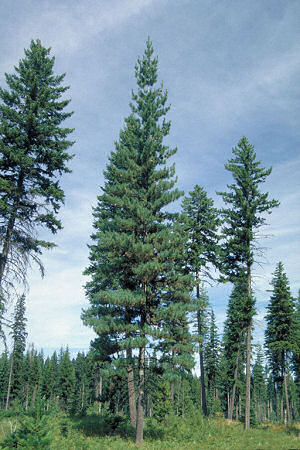SANTA CRUZ LONG-TOED SALAMANDER STARTS TO BOUNCE BACK
(ambystoma macrodactylum croceum)
by: Kathleen Sones
description and ecology
The Santa Cruz long-toed salamander is a four to six inch long salamander that is dark brown or black with dark yellow markings, and is endemic to a few small ponds and pools in Santa Cruz and Monterey counties. It is a member of the Ambystomatidae family and considered a subspecies of ambystoma macrodactylum. The Santa Cruz long-toed salamander is often found underneath leaves or vegetation, among the roots of plants, in riparian vegetation, or in burrows they dig themselves or take after other animals have abandoned them. The Santa Cruz long-toed salamander likes these dark and damp habitats because they are protected from the sun. They forage for food on the surface of the soil, including slugs, worms, and beetles. Santa Cruz long-toed salamanders have specialized breeding habits, they only lay eggs on submerged plants in ponds. They migrate form their usual woodland habitat to the ponds for breeding during rainy, foggy, or misty times during November or December.
geographic and population changes
The ponds that the Santa Cruz long-toed salamanders breed in are ephemeral, and don’t always completely fill up, and introduced mosquitofish and crayfish prey on their larvae, making breeding subject to stochasticity. These are small problems compared to habitat destruction, though. Habitat destruction has significantly lowered the amount of habitats for the Santa Cruz long-toed salamander, as well as changed the migration corridors they use to reach the ponds where they breed, and some subpopulations have become isolated. The expansion of Highway 1 into a freeway destroyed a breeding pond. Currently, the Santa Cruz long-toed salamander exists in three metapopulations: Southern/Moro Cojo, Central/McClusky Slough, and Northern/Santa Cruz County. The northern metapopulation’s breeding sites are widely spread out, so it has four subpopulations Valencia Seascape, Larkins Valley, Ellicott/Buena Vista, and Pleasant Valley/Corralitos.
listing info/cause and main threats past and present
The Santa Cruz long-toed salamander has been considered endangered since before the Endangered Species Act, it was listed as federally endangered in 1968. Further habitat destruction threatened their population even more. When Highway 1 was converted into freeway in 1969, the Valencia Lagoon breeding pond was destroyed, and Elliott Slough was threatened with development into a mobile home park in the early seventies. At the time, Ellicott Slough was the only other known breeding pond. With this at risk, the Santa Cruz long-toed salamander was listed by the State of California as endangered in 1971. The most current version of its recovery plan is dated July 2,1999, and it is listed as endangered. Habitat destruction continues to be the main problem facing the Santa Cruz long-toed salamander. Urbanization has effected every meta- and subpopulation, with agriculture and exotic plants also being problematic in many areas.
description of recovery plan
The recovery plan aims to get the Santa Cruz long-toed salamander down-listed to threatened, and then delisted all together. To be delisted, the breeding populations must have an equal sex ratios and be at 2,600 at Valencia Lagoon and 6,500 at Ellicott Slough for at least ten years. The plan calls to keep the breeding ponds intact and functional by restoring the destroyed Valencia pond, maintain current ponds, acquire and protect new ponds, develop agreements with landowners to protect the ponds, and establish conservation easements to prevent people form disturbing the ponds. The plan also calls to improve the upland habitats where the salamanders live when not breeding, by protecting the land, and improving the current areas and restoring new ones by removing exotic plants and replacing them with native ones, and controlling erosion. The Natural Resources Conservation Service is helping with these efforts. The plan also calls to extend Salamander Protection Zones in Santa Cruz County. The plan seems to be working well. In 2011, Santa Cruz long-toed salamander populations began to grow in the Elkhorn Slough, and in 2013, two new breeding sites were discovered there. According to the Recovery Plan Action Status, many ponds have been restored and some new ones have been added.
Sources:
Image Sources:
















